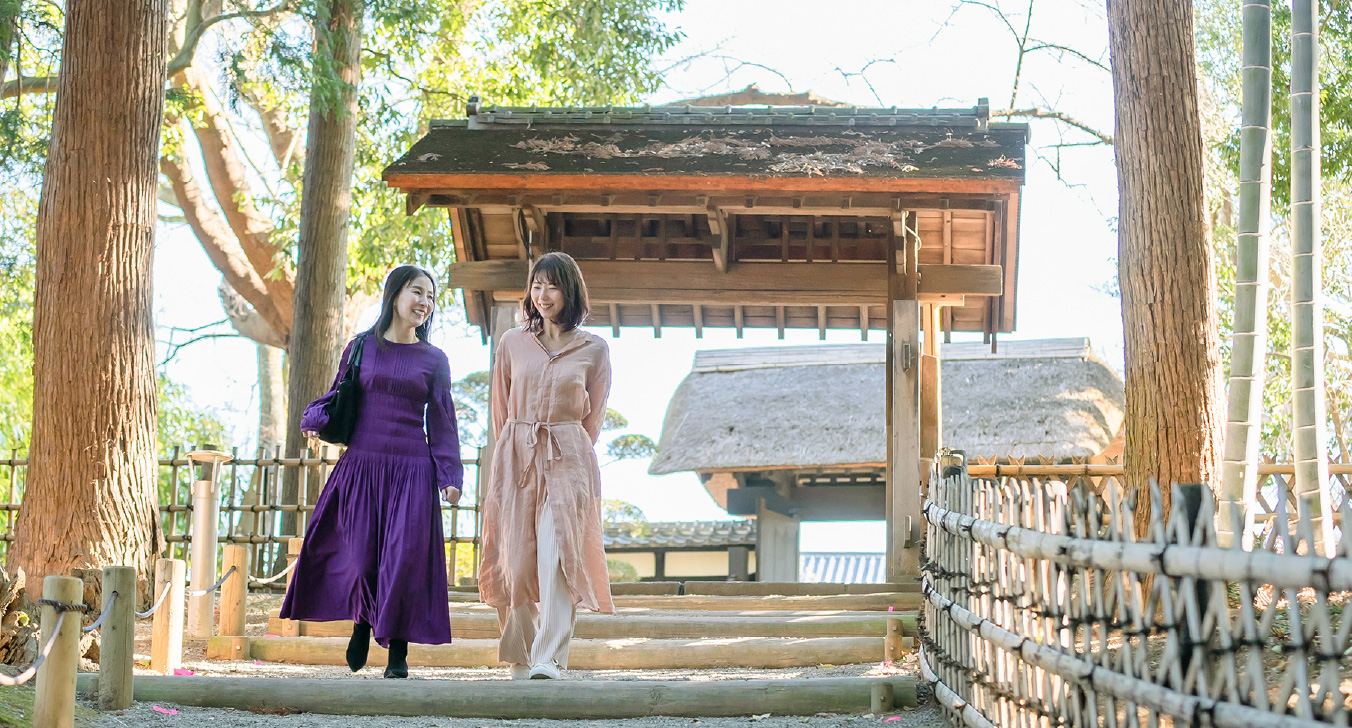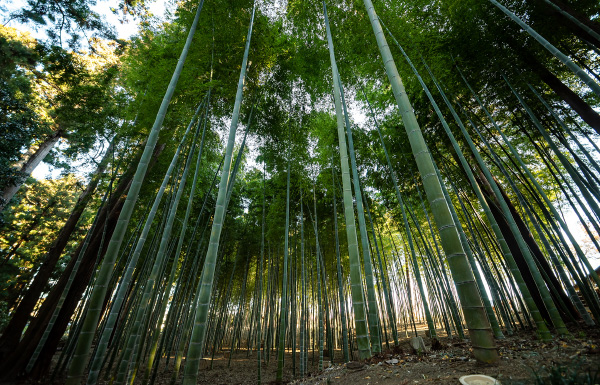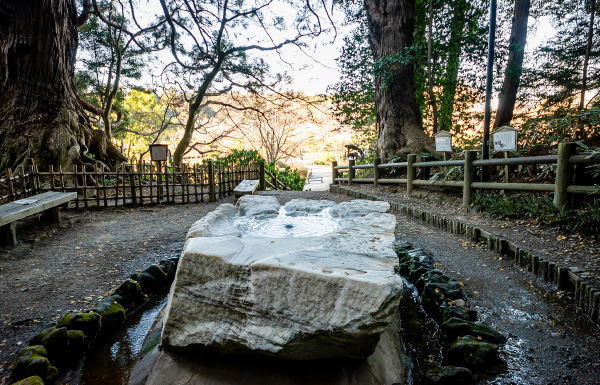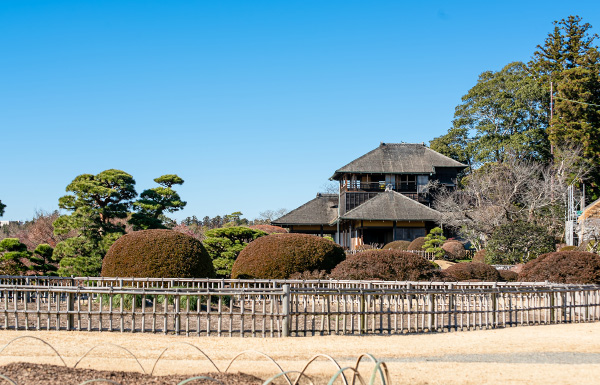
Refreshing and relaxing course to "feel the yin and the yang"
Refreshing and relaxing course to
"feel the yin and the yang"
- Time required
- 45 minutes to Rakujuro.
- Suitable for
-
- ・First time visitors.
- ・Those who want to experience Nariaki's vision of the garden.
- ・Those who want to experience the essence of Kairakuen in a limited time.
- ・Enjoyable even in the off-season.
Take your time to refresh and enjoy. It is a 10-minute walk from Kobuntei to the East Gate. Check the time in advance for the bus bound for Mito Station for your return journey.





